Milestones included technical advancements, staffing additions, and design achievements in cultural restorations.


As a firm, Murphy & Dittenhafer Architects reached milestones, set records, and collected awards in 2019.
During its 34th year in business, the company achieved its highest gross revenue.
“But that’s not really the story here, in terms of client or staff satisfaction,” explains Frank Dittenhafer, II, FAIA, LEED AP, president and co-founder of the firm. “It was a year of growth and accomplishment in capabilities.”
Beth Reed, Principal and Director of Operations who handles project finances and spearheads business development, goes further.
By any measure, she says, “It was really on every level the best year the firm has ever had.”
Like us on Facebook!
The milestones included technical advancements, staffing additions, and design achievements in cultural restorations.
“We upgraded our digital capabilities and did more 3-D animation and digital renderings,” Dittenhafer says of the firm’s design work. “We were able to really take our technical and digital capabilities with new software to a very high level.”
The 25-person staff grew by about 25 percent.
“The folks we hired were really talented,” says Reed, who also is in charge of human resources. “This is the best overall staff we’ve had during my tenure.”
The Architects and Architectural Designers have been the driving force in the firm’s technical know-how, she notes.
“It’s just amazing what they can do and the speed with which they can do it. They can quickly and accurately convey design ideas,” she says. Clients “have a clear understanding of what the project will look like, and if they’re not happy, we can change or tweak it.”
Emphasizing learning
Among the firm’s awards in 2019, the Pennsylvania Chapters of The American Institute of Architects recognized Murphy & Dittenhafer for creating an environment that fosters learning and advancement among its staff.
“We had two or three design forums where we met for a good part of a day, the whole firm, going over design topics internally,” Dittenhafer says.
Also part of the learning experience is Murphy & Dittenhafer Day, an annual outing where the firm closes both of its office locations and the entire staff visits M&D designed projects in various stages of completion, even donning hard hats to tour construction sites. Afterward, the group goes to dinner.
“It really allows you to connect the dots in your head that you couldn’t do if you hadn’t seen the projects firsthand,” Reed says. “It helps you to appreciate how multifaceted it is to come up with a design and put together a building.”
Preserving culture
Some of the project sites visited reflect the firm’s work in restoring cultural masterpieces. One example is The Forum Building in Harrisburg. Adjacent to the ornate performance auditorium is a 400,000-square-foot office building, unused for many years, which the firm is converting into a state-of-the-art workplace for State employees.
“The historic architecture in the building is phenomenal,” Reed says of the 1932 structure. Decorative trim around the elevators and beautifully crafted ceilings are being preserved in the upgrade.
Construction, to start in May, should take two years.
At the former Harriet Tubman School in Columbia, Maryland, Murphy & Dittenhafer’s work will promote community and cultural heritage. The building, named for the Civil War-era abolitionist, was erected in 1948 as a high school for African-Americans. With school desegregation, it closed in 1965 and has been used for school district offices and storage.
When it reopens, its redesigned auditorium/gymnasium will host events and performances. There will be an area for exhibitions about African-American culture, exercise and meeting space, a new kitchen, and offices for the Harriet Tubman Foundation and Howard County.
Campus culture is one of the firm’s ongoing interests.
“We almost always, even if the focus is office space, labs, a theater, or library, find ways to incorporate what Frank likes to call ‘third places,’ spaces to hang out, informally communicate, study in groups, collaborate,” Reed says of the firm’s numerous college projects. “Those spaces add something to the overall feel of campus and are very important.”
Unwavering goals
Dittenhafer says the firm was launched and continues to operate with three primary goals, which the staff discusses every year: “Produce excellent Architecture, receive fair compensation, and enjoy what we do.”
He notes two additional aims: Always improve the firm’s processes and products, and always provide excellent service to retain clients and welcome new ones.
Not on the firm’s list are targets for increasing revenue or the number of employees.
“We never believe those are the type of goals that fit our culture,” Dittenhafer says. “We will grow as we need to, hire quality people, and increase our capabilities to do the projects we want to do. That all happened in 2019.”
Murphy & Dittenhafer Architects is working hard and collaborating with the community on an urban planning study for South George Street in York City.
“Historic preservation has always been a hallmark of ours for our 40-year history,” says M&D President Frank Dittenhafer II. These 10 projects exemplify our passion for this work.
It’s the 40th year of Murphy & Dittenhafer Architects, so Frank Dittenhafer II, President, is taking the time to highlight some of our most influential projects over the decades.
We’re celebrating 40 years of influence in Pennsylvania and Maryland. With that, we couldn’t help but reflect on some of the most impactful projects from our history.
Harford Community College’s expanded new construction Chesapeake Welcome Center is a lesson in Architectural identity
At Murphy & Dittenhafer Architects, we feel lucky to have such awesome employees who create meaningful and impressive work. Meet the four team members we welcomed in 2024.
The ribbon-cutting ceremony at the new Department of Legislative Services (DLS) office building in Annapolis honored a truly iconic point in time for the state of Maryland.
As Murphy & Dittenhafer architects approaches 25 years in our building, we can’t help but look at how far the space has come.
Murphy & Dittenhafer Architects took on the Architecture, Interior Design, & Overall Project Management for the new Bedford Elementary School, and the outcome is impactful.
The memorial’s groundbreaking took place in June, and the dedication is set to take place on November 11, 2024, or Veterans Day.
President of Murphy & Dittenhafer Architects, Frank Dittenhafer II, spoke about the company’s contribution to York-area revitalization at the Pennsylvania Downtown Center’s Premier Revitalization Conference in June 2024. Here are the highlights.
The Pullo Center welcomed a range of student musicians in its 1,016-seat theater with full production capabilities.
“Interior designs being integral from the beginning of a project capitalize on things that make it special in the long run.”
Digital animations help Murphy & Dittenhafer Architects and clients see designs in a new light.
Frank Dittenhafer and his firm work alongside the nonprofit to fulfill the local landscape from various perspectives.
From Farquhar Park to south of the Codorus Creek, Murphy & Dittenhafer Architects help revamp York’s Penn Street.
Designs for LaVale Library, Intergenerational Center, and Beth Tfiloh Sanctuary show the value of third places.
The Annapolis Department of Legislative Services Building is under construction, reflecting the state capital’s Georgian aesthetic with modern amenities.
For the past two years, the co-founder and president of Murphy & Dittenhafer Architects has led the university’s College of Arts and Architecture Alumni Society.
The firm recently worked with St. Vincent de Paul of Baltimore to renovate an old elementary school for a Head Start pre-k program.
The market house, an 1888 Romanesque Revival brick structure designed by local Architect John A. Dempwolf, long has stood out as one of York’s premier examples of Architecture. Architect Frank Dittenhafer is passing the legacy of serving on its board to Architectural Designer Harper Brockway.
At Murphy & Dittenhafer Architects, there is a deep-rooted belief in the power of combining history and adaptive reuse with creativity.
University of Maryland Global Campus explores modernizing its administration building, which serves staffers and students enrolled in virtual classes.
The Wilkens and Essex precincts of Baltimore County are receiving solutions-based ideas for renovating or reconstructing their police stations.
The firm has earned the designation annually since 2016 in recognition of its commitment to supporting newer professionals in the field.

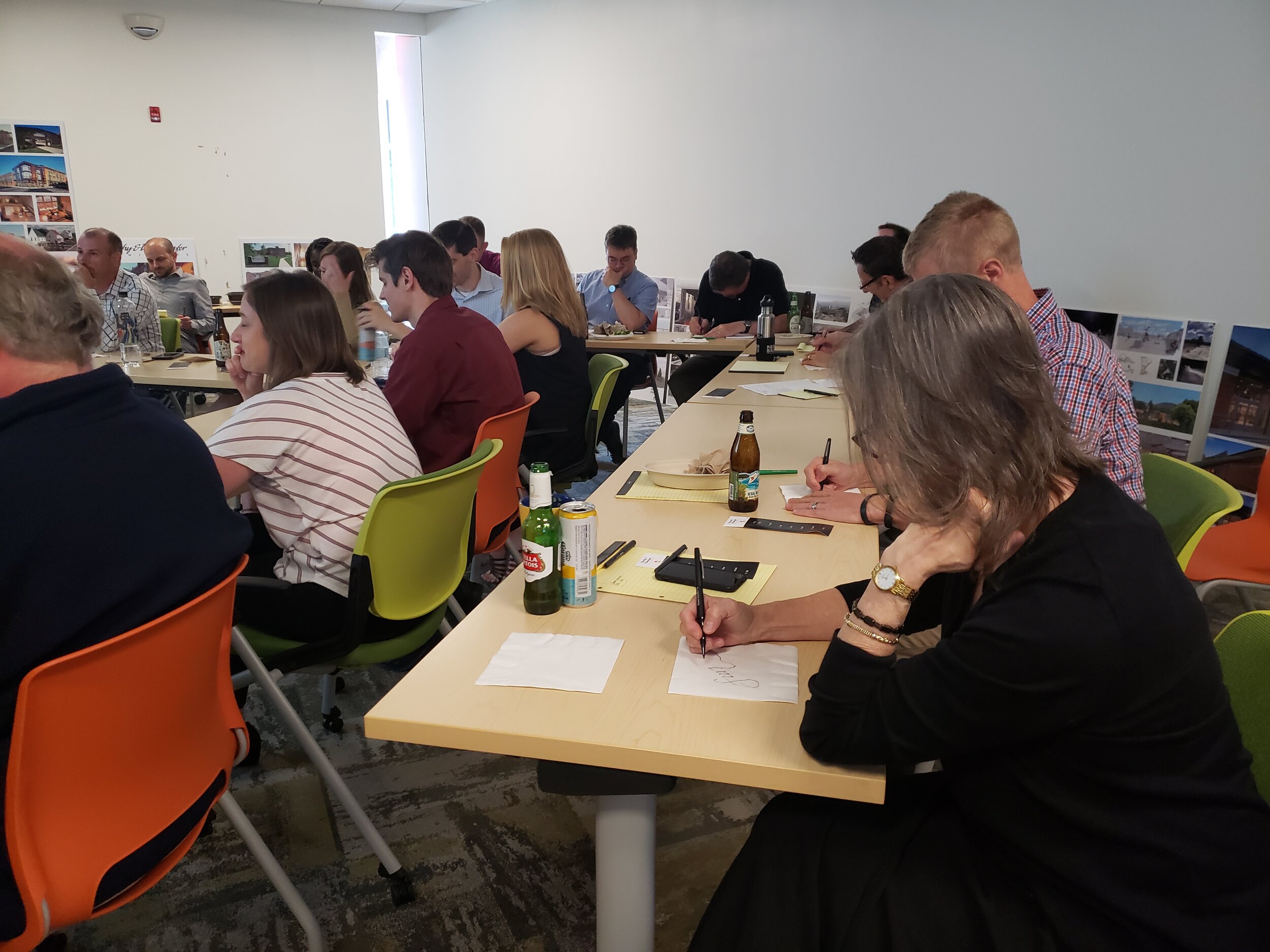
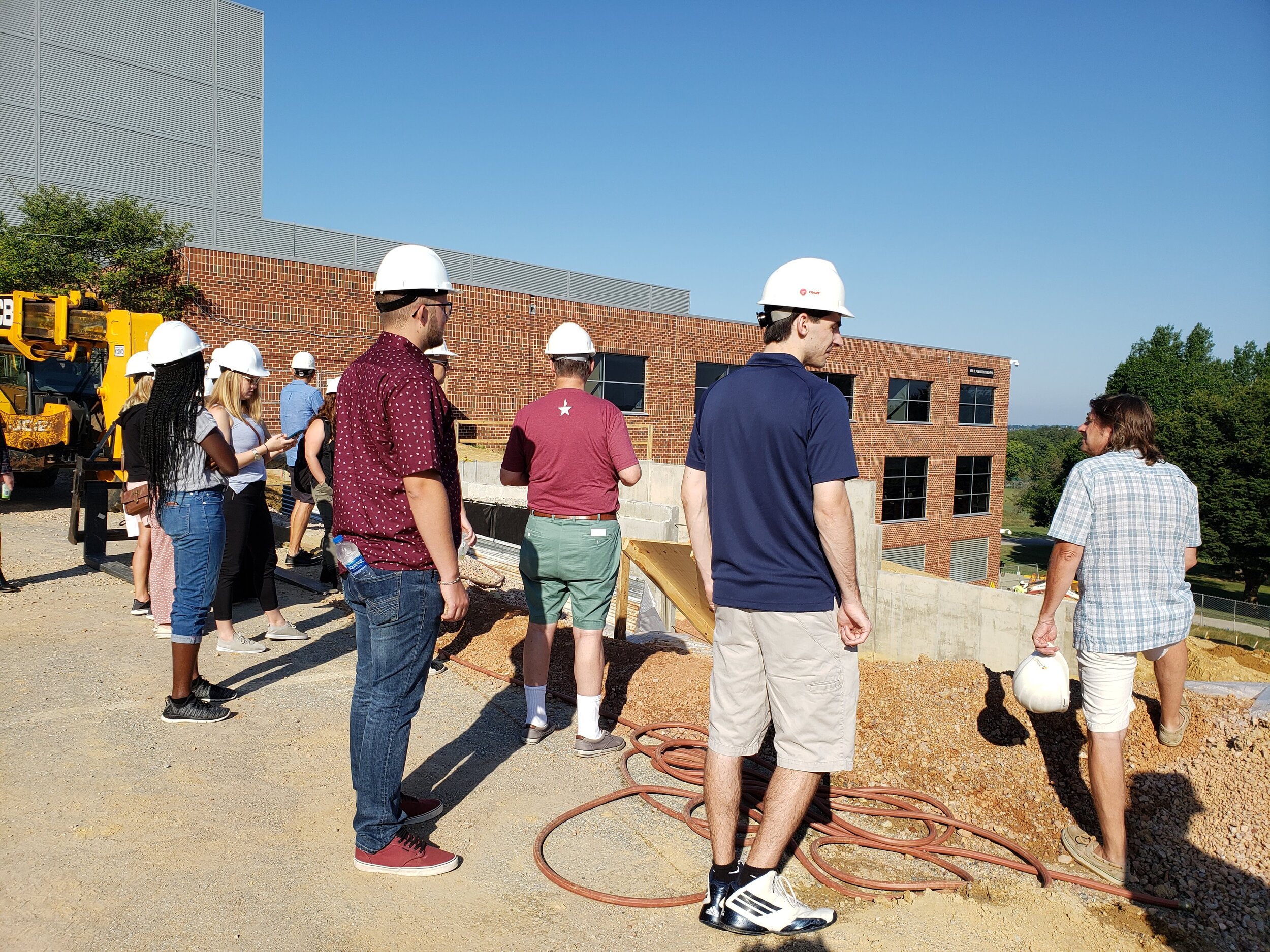
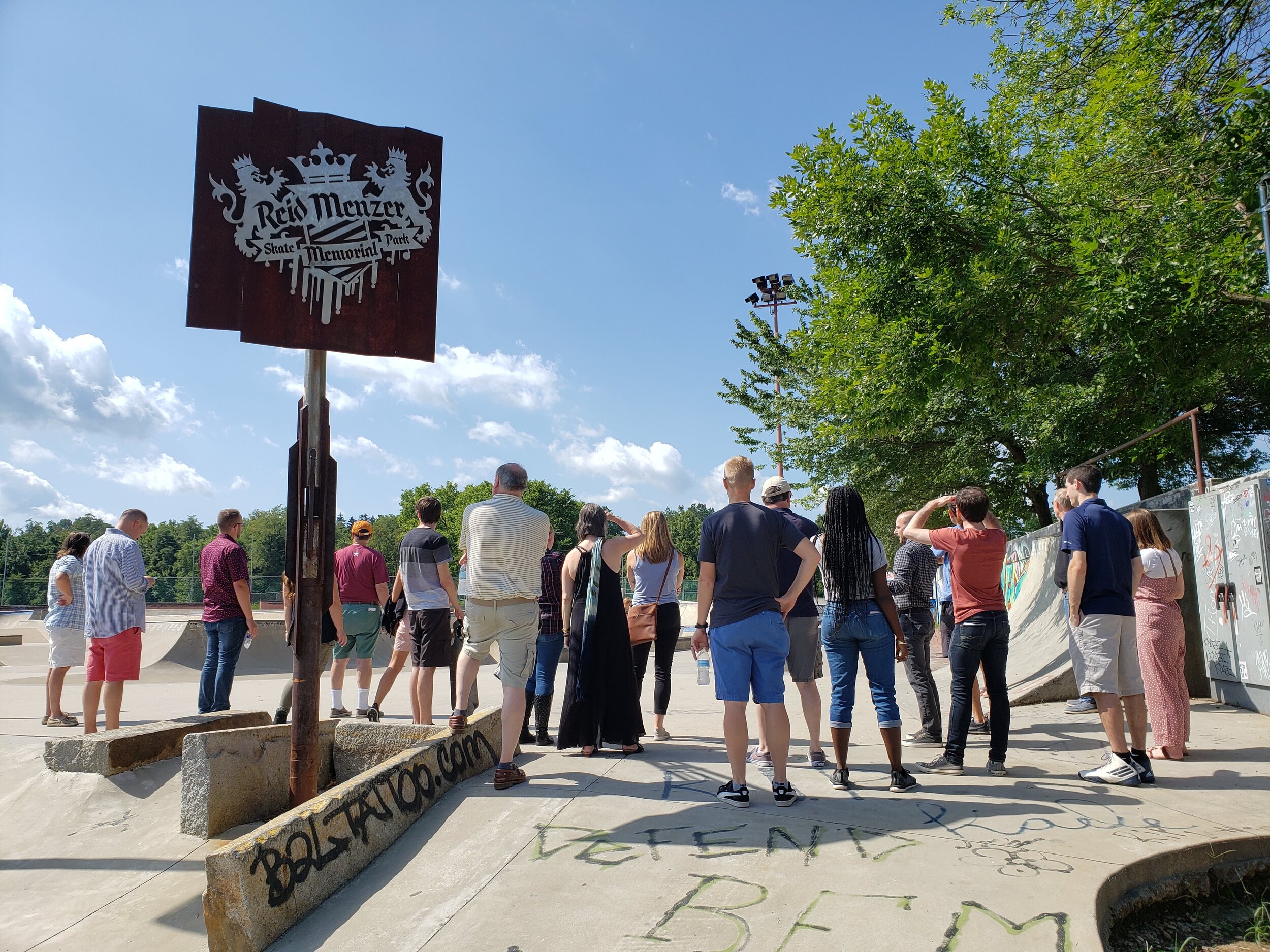
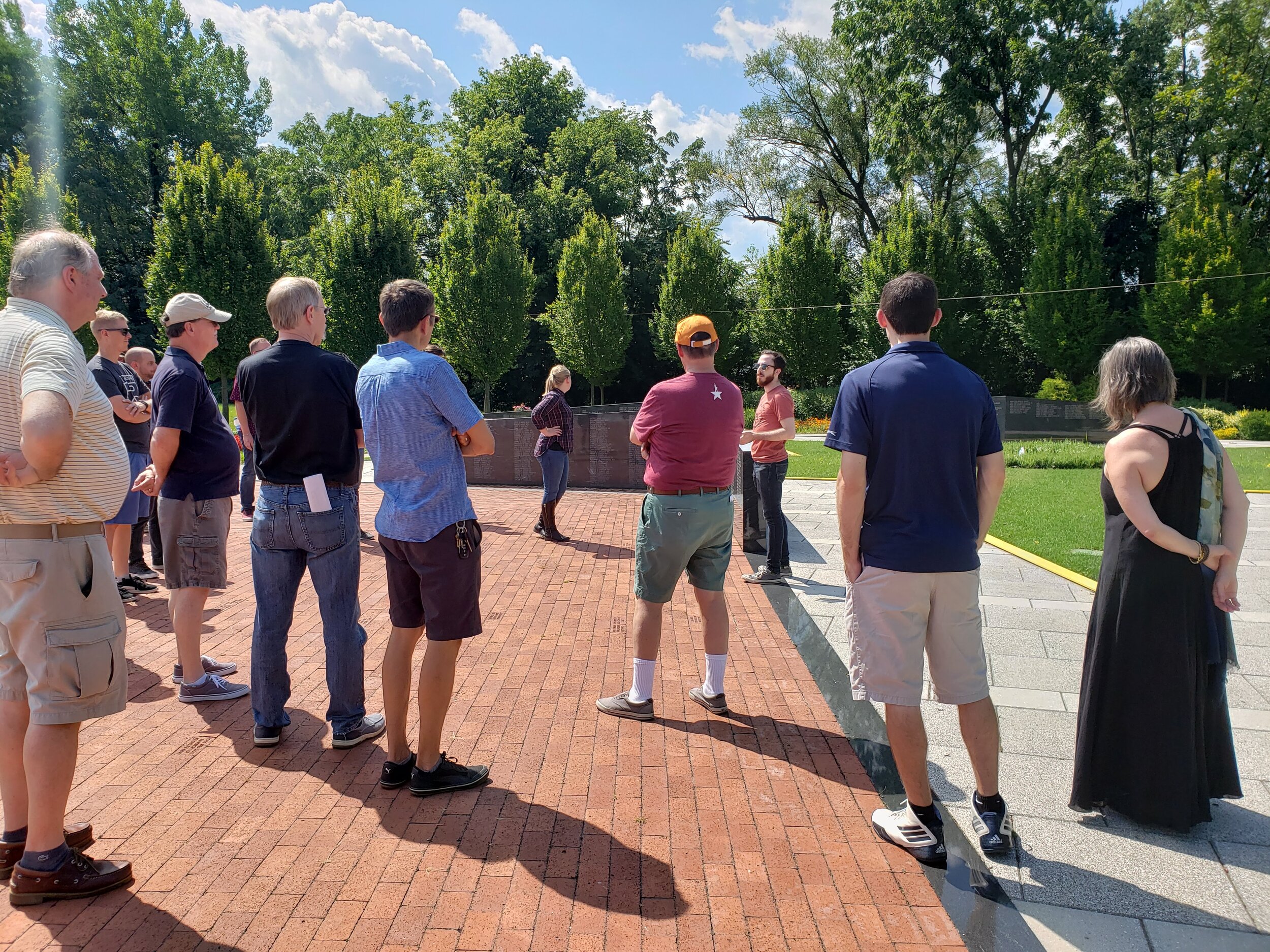


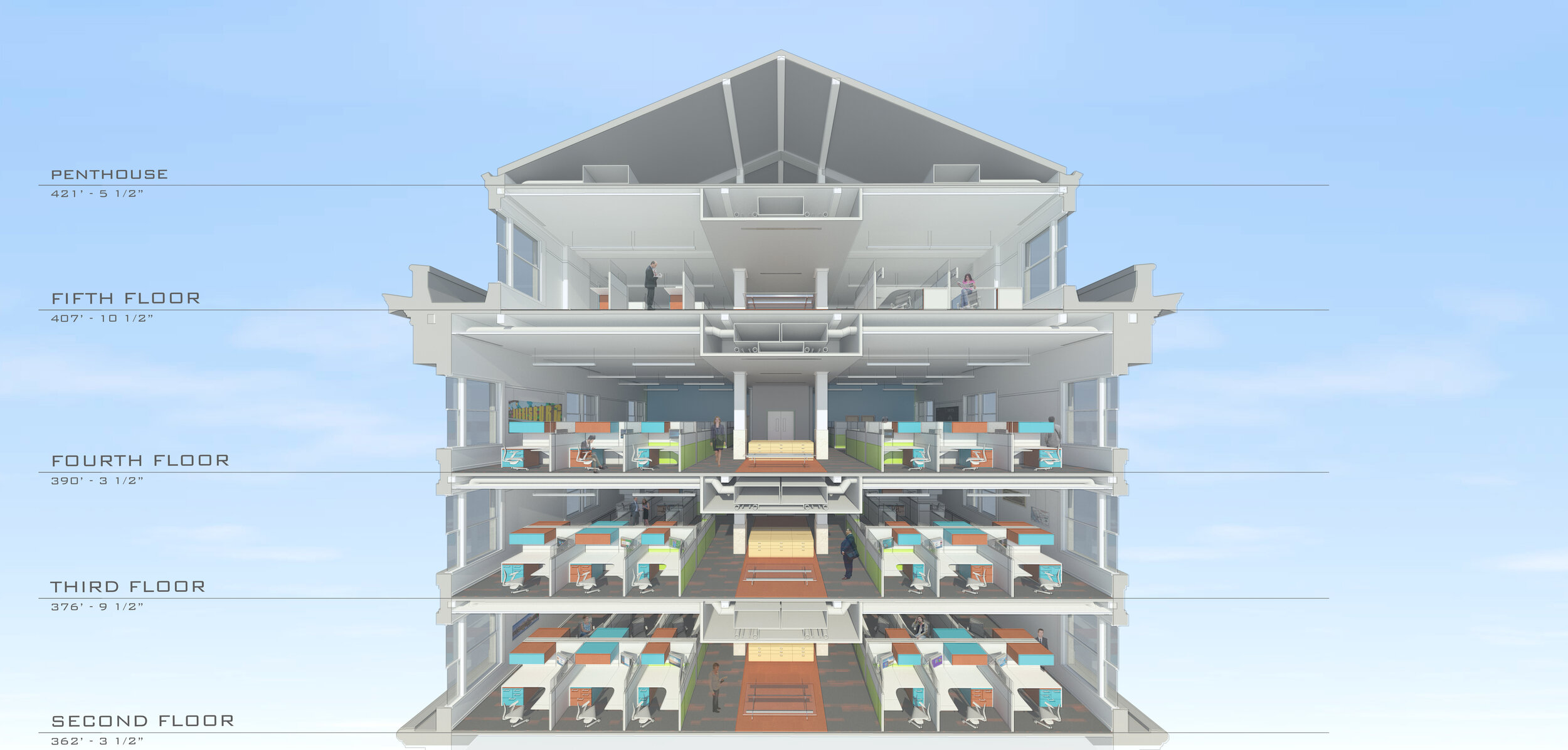
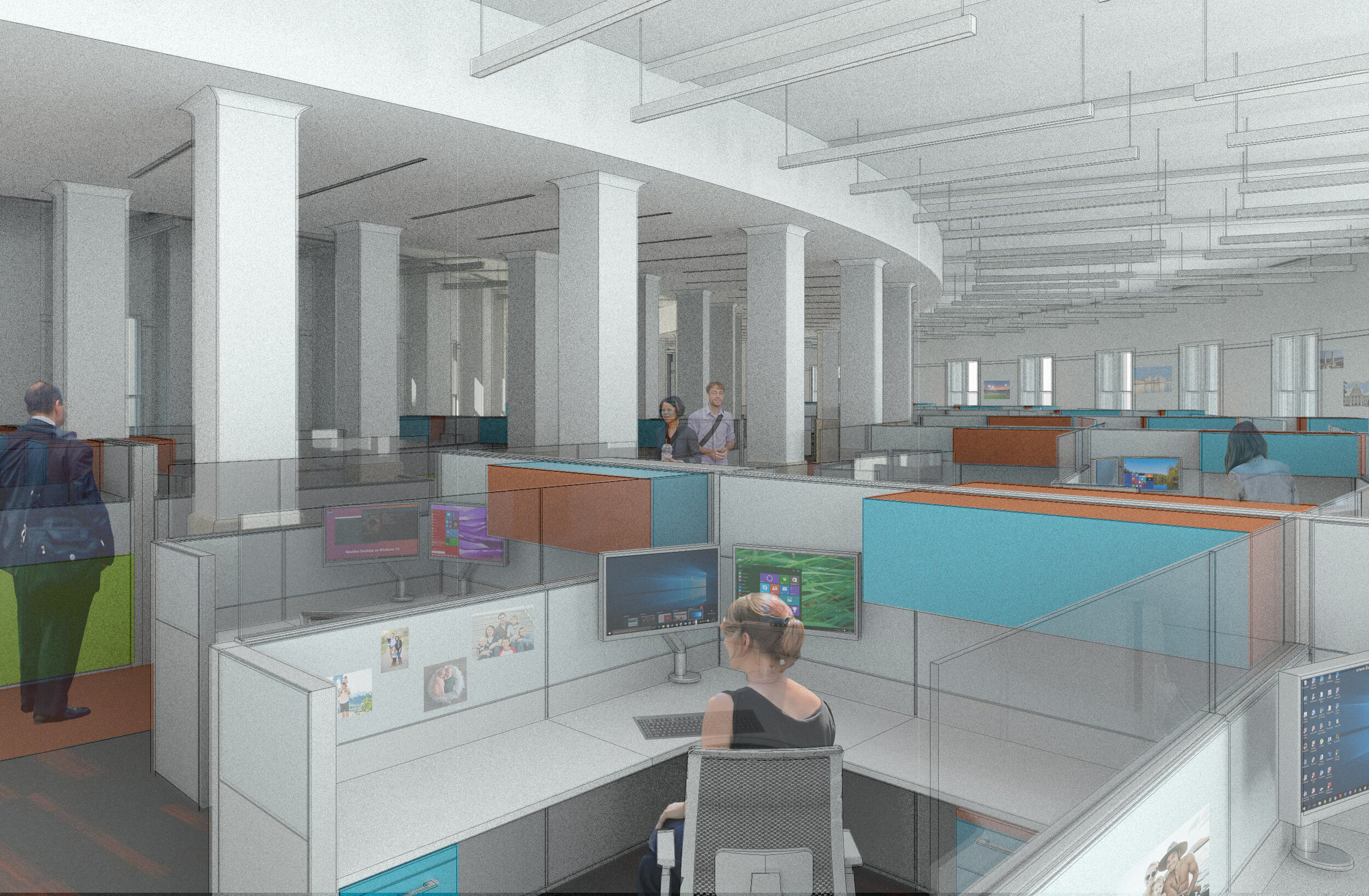

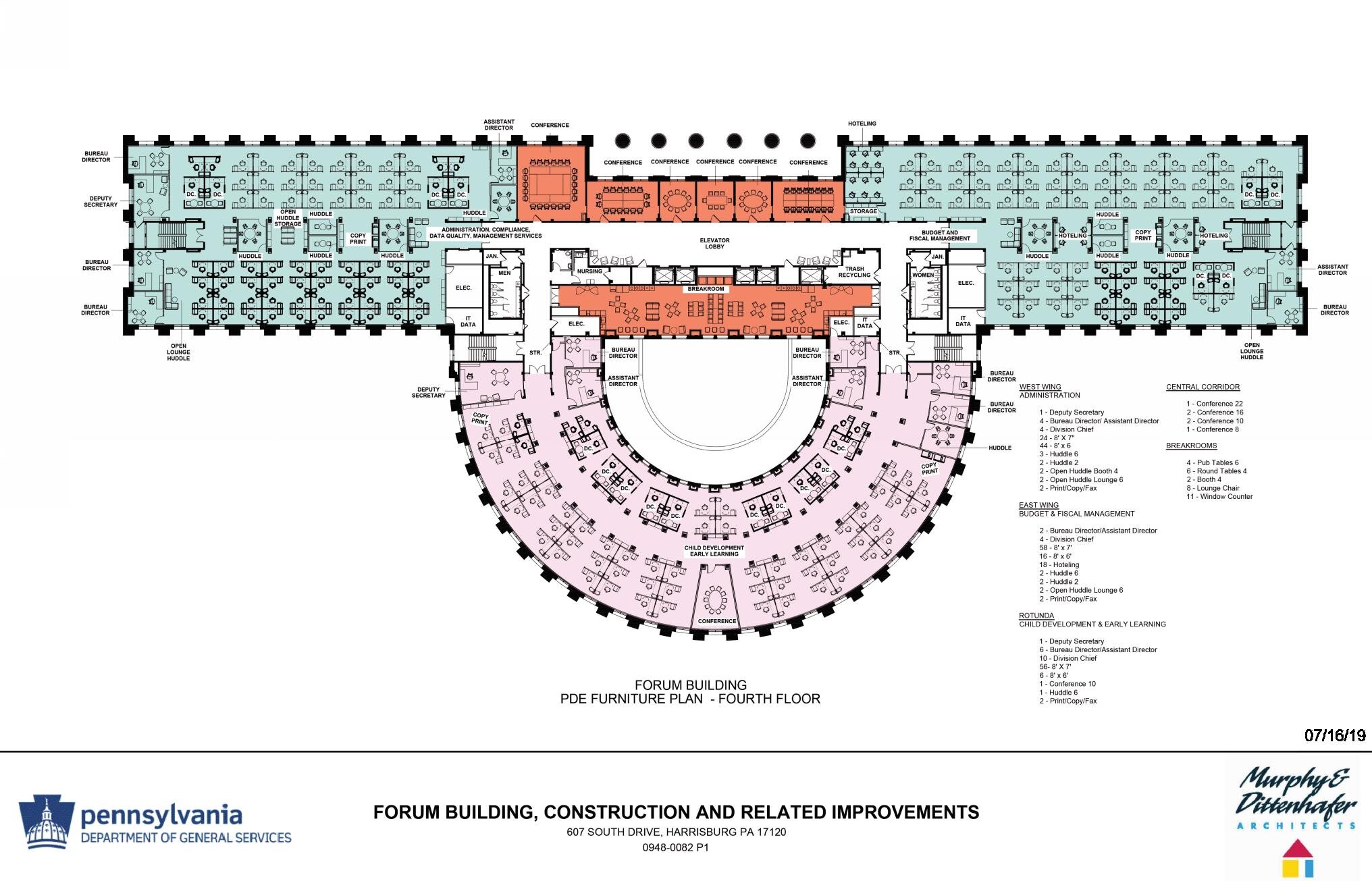

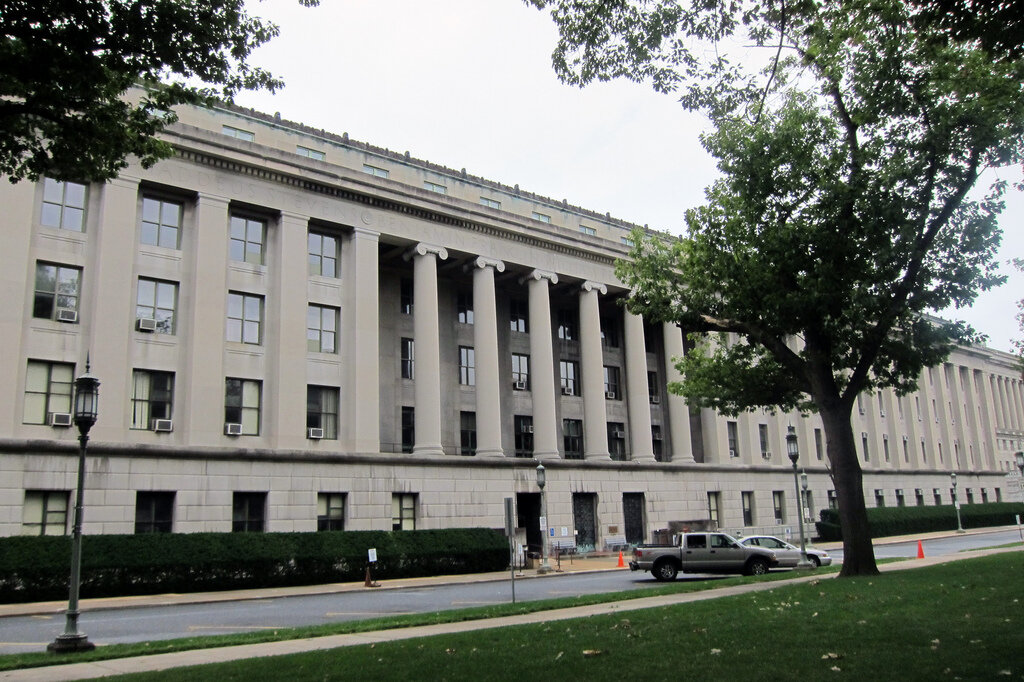

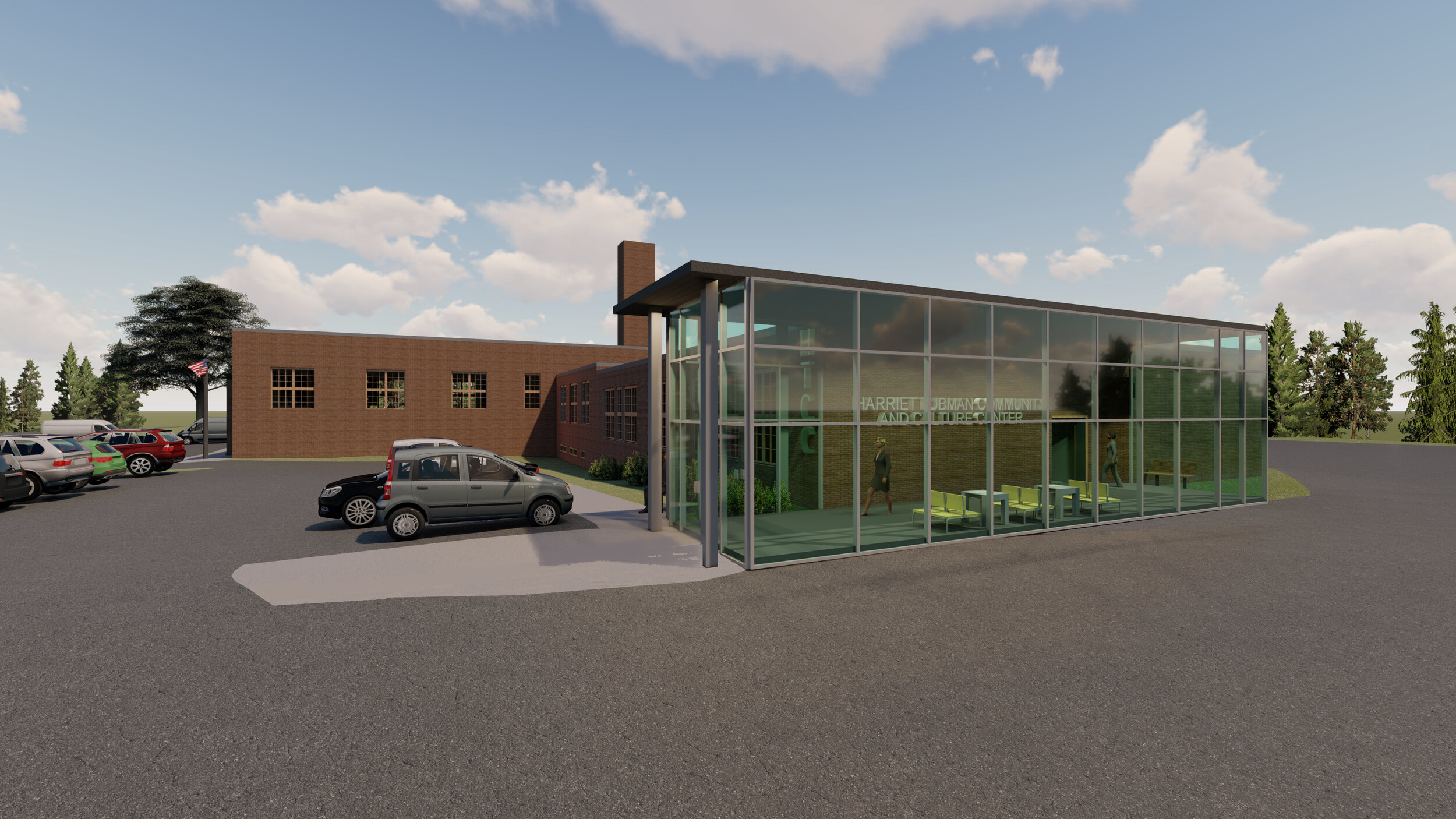


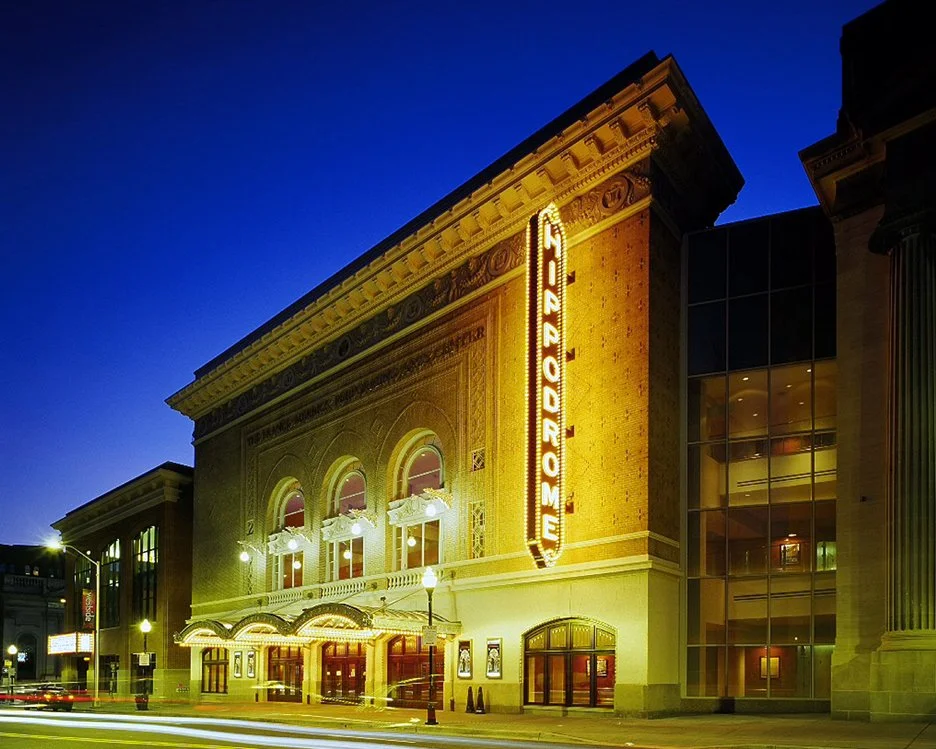
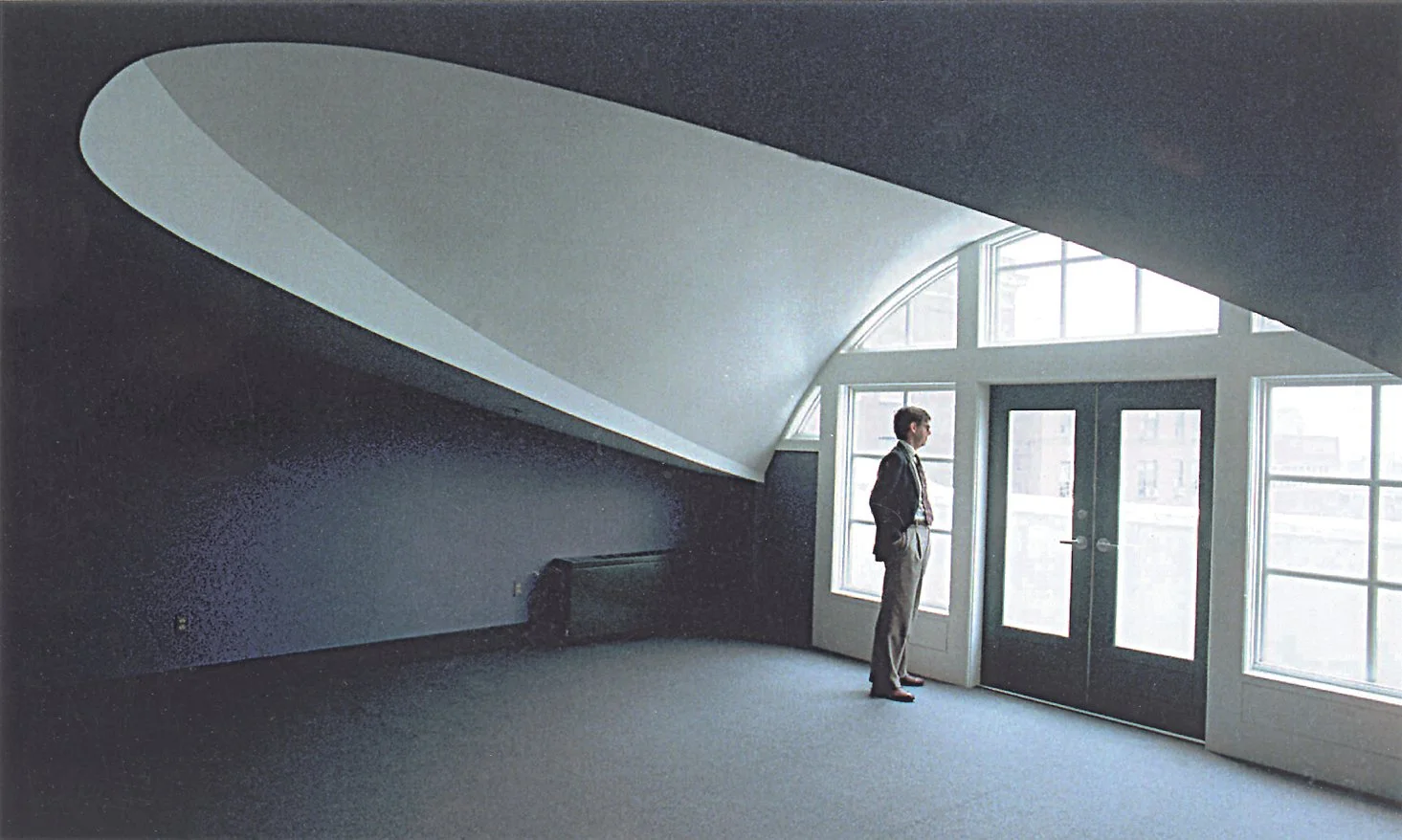


























To round out our 40th-year celebrations, enjoy 10 more impactful and diverse Architecture projects designed by M&D. These projects, most of which have received design awards, confirm the variety in design (from scale to usage) that we continue to be involved in today.